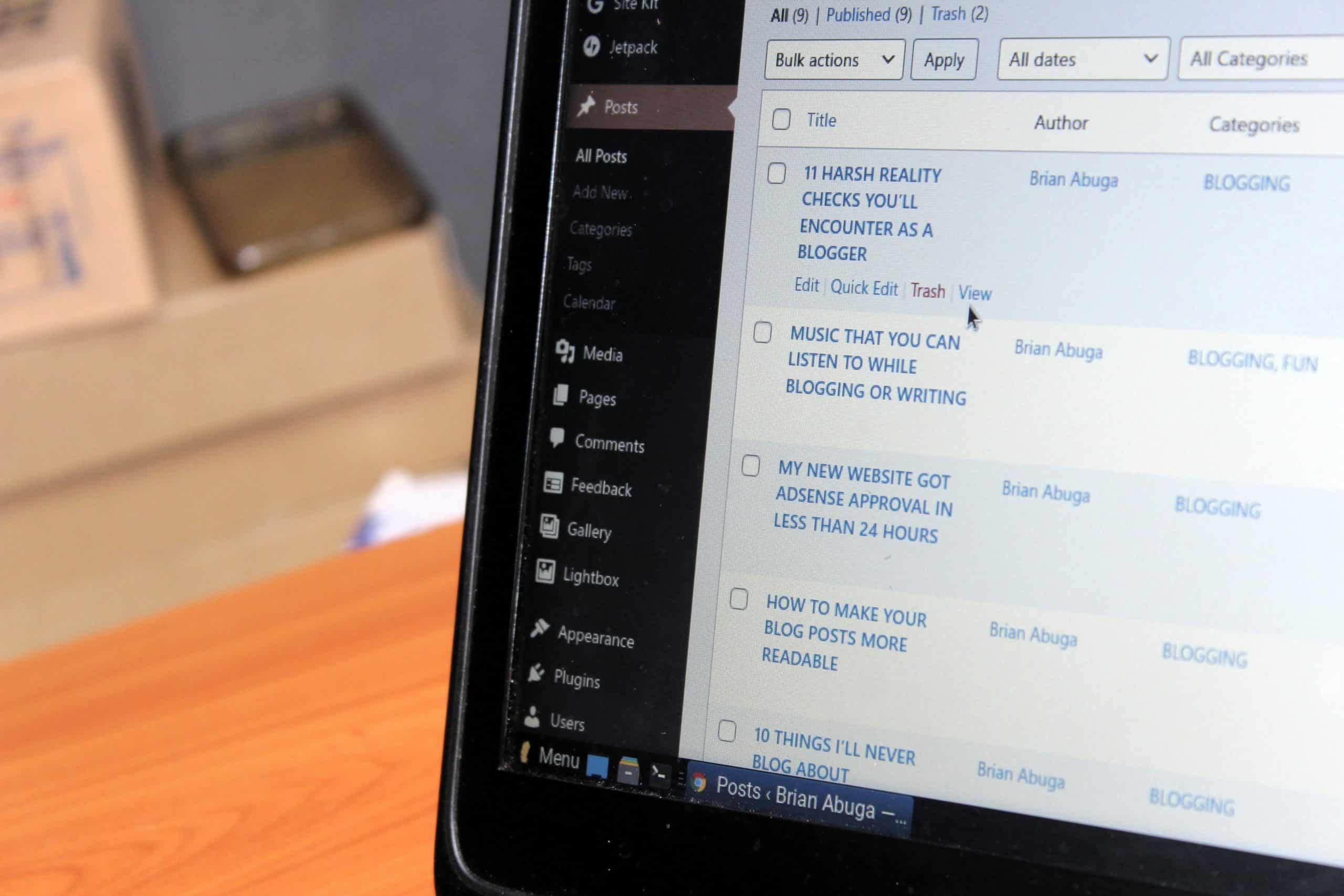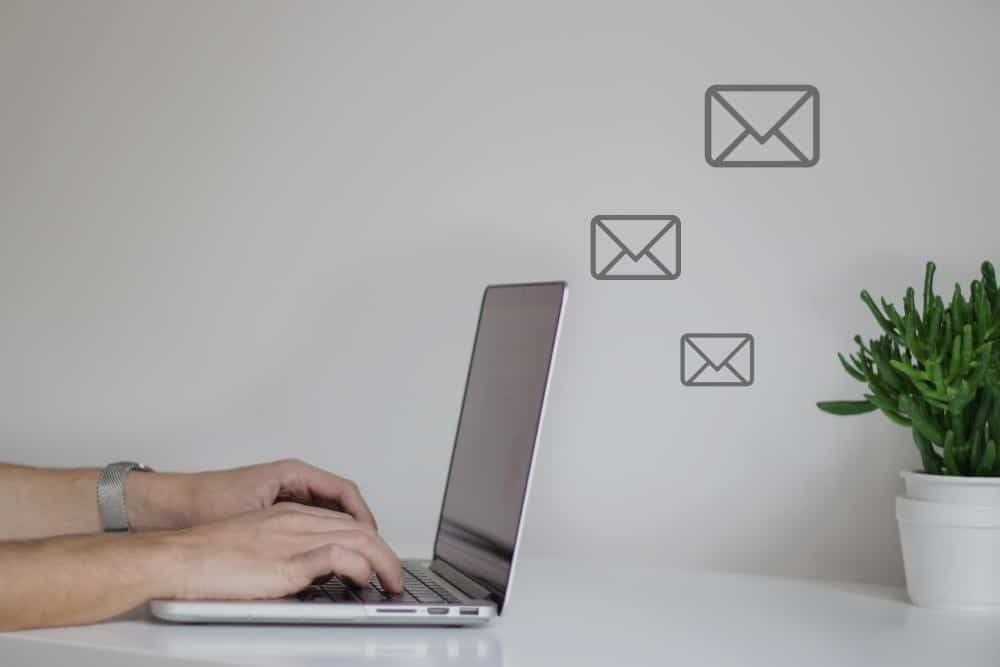In an era where email has become an integral part of business communication, ensuring the authenticity and security of email messages is paramount to protecting your organization against phishing attacks and fraud. Let’s take a closer look at why email authentication is so significant to modern cybersecurity.
Understanding the Phishing Threat
Phishing attacks have become one of the most prevalent and dangerous cyber threats. Phishers employ deceptive tactics to lure individuals into divulging sensitive information, such as login credentials, financial data, or personal details. These attacks often masquerade as legitimate entities, making them challenging to detect.
Understanding what a phishing threat is is essential for comprehending why email authentication is crucial. Several vital elements characterize phishing attacks:
- Impersonation: Attackers impersonate trusted organizations, colleagues, or authorities using email addresses and domains that closely resemble the genuine ones. You’ll have seen these from companies like PayPal, where they look almost legitimate, but then you’ll notice the email is a little off, and see the sending address is incorrect.
- Social Engineering: Phishers manipulate recipients emotionally or psychologically, creating a sense of urgency or fear to compel them to take action, such as clicking on malicious links or downloading harmful attachments. You may have got emails or even phone calls like this, where the perpetrator pretends to need help, or even that you’re in trouble and need to pay some kind of fine.
- Malicious Links and Attachments: Phishing emails pretending to be from companies also, typically, contain links to fake websites or attachments laden with malware or ransomware. Interaction with these elements of the email can lead to security breaches.
The primary goal of phishing is to harvest sensitive information. This can include login credentials, credit card details, and other personal or corporate data. Another variant, known as spear-phishing, sees attackers target specific individuals or organizations, customizing their tactics to increase the chances of success. Researching people who work in an organization, and tailoring their message accordingly is just one way spear phishing is highly sophisticated and difficult to detect.

As phishing attacks evolve and become increasingly sophisticated, businesses must implement robust email authentication measures to verify the authenticity of incoming emails. Email authentication protocols, such as DMARC, SPF, SMTP ports, and DKIM, provide a shield against email impersonation and phishing attempts.
SPF: Sender Policy Framework
The Sender Policy Framework (SPF) is a critical email authentication protocol that helps verify the authenticity of the sender’s domain. By defining authorized mail servers for a domain, SPF enables email recipients to check if incoming emails are sent from legitimate sources. Let’s delve into how SPF works, how to configure it, and the best practices for its implementation.
SPF in Action
SPF defines a list of authorized mail servers in a domain’s DNS (Domain Name System) records. Put simply, only one, or a few servers are allowed to send emails from a certain domain. If the recipient’s mail server notices the message doesn’t originate from these servers, the SPF ensures the message is flagged as spam.
Here’s a simplified overview of how SPF works:
- Email Sender: An organization publishes SPF records in its DNS, specifying the mail servers authorized to send emails on its behalf.
- Email Recipient: When an email is received, the recipient’s email server checks the SPF records of the sender’s domain.
- SPF Validation: The recipient’s server compares the IP address of the sending server with the list of authorized servers in the SPF records. If the sending server’s IP address is on the list, the email passes the SPF check; otherwise, it fails.
- Policy Actions: Based on the SPF result, the recipient’s server can take various actions, such as delivering the email to the inbox, marking it as spam, or rejecting it.
Setting up SPF for your email
SPF is easy to set up with most providers. While it’s not possible to create a guide that covers every possibility, these are approximately the steps you will need to take with your provider:
- Access Your DNS Settings:
- Log in to your domain registrar or hosting provider account.
- Look for a section related to DNS settings or domain management.
- Locate SPF Record Settings:
- Within the DNS settings, find the option to manage SPF records or add a new DNS record.
- Create a New SPF Record:
- Choose to add a new record, usually selecting the type “TXT” or “SPF.”
- Input SPF Information:
- Paste or enter the SPF information acquired from the relevant source into the record value or content field. Ensure it includes authorized senders and any specified modifiers. Many popular ESPs provide dedicated sections in their user interfaces or control panels where users can configure email authentication settings. Within these sections, you may find tools, wizards, or forms that guide you through the process of creating SPF records without requiring manual entry of DNS syntax.
- Save the Record:
- Save the changes to update your DNS settings.
- Check SPF Record Validity:
- After adding the SPF record, use online SPF validation tools to ensure its correctness.
- Propagation Time:
- Keep in mind that changes to DNS records may take some time to propagate. Be patient, and allow for the changes to take effect.
You should refer to your service provider’s documentation for any unique instructions or variations based on their system.

SPF Best Practices
To maximize the effectiveness of SPF and enhance your email security, consider the following best practices:
- Regularly Update SPF Records: Keep your SPF records up-to-date to reflect changes in your email infrastructure, such as adding or removing mail servers.
- Use SPF Tools: Utilize SPF testing tools and validators to ensure your SPF records are correctly configured and producing the desired results.
- Avoid Overly Restrictive Policies: Be cautious not to create SPF policies that are too restrictive, as this can lead to legitimate emails being marked as spam.
- Implement SPF Testing: Before enforcing a strict SPF policy, test its impact on your email traffic to avoid unintended consequences.
By implementing SPF effectively and adhering to best practices, you can significantly reduce the risk of email spoofing and unauthorized email activity from your domain.
DKIM: DomainKeys Identified Mail
DomainKeys Identified Mail (DKIM) is a powerful email authentication technique that enhances email security by digitally signing outgoing emails. This cryptographic signature allows email recipients to verify that an authorized sender sent the email and has not been altered in transit. This section will explore how DKIM works, how to set it up, and the best practices for its implementation.
DKIM Authentication Process
The DKIM authentication process involves the following key steps:
- Email Signing: When an organization sends an email, the sending mail server uses a private key to create a unique signature based on certain parts of the email, typically including the email body and selected headers.
- Public Key Publication: The organization publishes a public key in its DNS records. This key is made available to anyone who wants to verify the signature.
- Recipient Verification: When an email is received, the recipient’s email server retrieves the DKIM signature from the email header and uses the published public key to decrypt and verify the signature. If the decryption is successful, it means the email was indeed signed with the corresponding private key.
- Signature Verification: If the decrypted signature matches the email’s content and the sender’s domain, the email is considered authentic and has not been tampered with during transit.
This cryptography approach allows for a secure and reliable means of email authentication, ensuring that the sender’s identity is confirmed and the email content remains intact during transmission.

Setting Up DKIM
As with SPF, these instructions will vary depending on your service provider, but in general, configuring DKIM for your domain involves the following steps:
- Generate Key Pair: Generate a DKIM key pair consisting of a private key (kept securely on your email server) and a public key (published in your DNS records).
- DNS Record Creation: Create a DNS TXT record containing the public key. This record is added to your domain’s DNS configuration.
- Email Server Configuration: Configure your email server software to sign outgoing emails with the DKIM private key.
- Testing and Verification: Test the DKIM configuration to ensure it’s functioning correctly. You can use DKIM testing tools to validate your setup.
DKIM Best Practices
To maximize the effectiveness of DKIM and maintain robust email security, consider the following best practices:
- Rotate DKIM Keys: Periodically rotate your DKIM key pairs to enhance security. Update the public key in your DNS records accordingly.
- Use a Strong Key Length: Utilize a strong key length (2048 bits or higher) to resist cryptographic attacks.
- Implement Subdomain DKIM: Consider implementing DKIM for subdomains if your organization uses them for email communication.
- Monitor DKIM Performance: Regularly monitor DKIM performance and authentication results to ensure your emails are successfully authenticated.
Following DKIM best practices and integrating them into your email authentication strategy can significantly enhance email security and protect your organization from email forgery and spoofing.
DMARC: Domain-based Message Authentication, Reporting, and Conformance
DMARC (which stands for Domain-based Message Authentication, Reporting, and Conformance) is a robust email authentication protocol designed to combat email impersonation and phishing attacks. It builds upon the two other authentication protocols above (SPF and DKIM), to provide a comprehensive approach to email security. It allows domain owners to publish policies about how receivers should handle emails that claim to be from their domain.
How DMARC Works
DMARC enables domain owners to set policies that specify how incoming email messages sent from their domain should be authenticated by the recipient’s email. It’s primarily designed to protect their domain from being used for phishing or spoofing attacks against other people. Here’s a brief overview of how DMARC operates:
- Authentication Checks: When receiving an email, the recipient’s email server checks for DMARC records in the sender’s domain DNS (Domain Name System). DMARC relies on SPF (Sender Policy Framework) and DKIM (DomainKeys Identified Mail) to perform authentication checks. This reliance is crucial because it ensures incoming emails are verified as legitimate and not forged by malicious actors.
- Policy Alignment: DMARC ensures the email’s “From” header domain aligns with the SPF or DKIM authentication results. If alignment fails, DMARC can instruct the recipient’s server on how to handle the email.
- Policy Enforcement: Because DMARC protects you from spoofing, it instructs the recipient email on how to handle emails claiming to be from your domain, depending on how the message looks. The recipient’s mail server will be instructed to do one of three things, nothing, or “none”, “quarantine”, or “reject”:

- None: No action is taken based on DMARC results. This means that the recipient’s email server does not take any specific action based on DMARC authentication results.
- Quarantine: Suspicious emails may be placed in the recipient’s spam folder. This policy is especially useful for protecting the recipient from potentially harmful emails that do not pass DMARC authentication.
- Reject: Emails that fail DMARC authentication are rejected outright, preventing them from reaching the recipient’s inbox. This strict policy helps ensure that only authenticated and legitimate emails are delivered to the recipient.
- Authentication Policy:
- This is like a set of rules for checking if an email is genuine or fake.
- It involves two technologies: SPF and DKIM, which help confirm if an email really comes from the claimed sender.
- Handling Failed Checks:
- If an email fails these checks (meaning it might be fake or suspicious), the DMARC policy steps in.
- The policy tells email receivers (like your email provider) what to do with these questionable emails.
- Quarantine or Reject:
- The DMARC policy can say, “If an email fails the checks, you can either put it in a special ‘quarantine’ area (like your spam folder) or just reject it completely.”
- Quarantine: This means the email might still get delivered, but it goes to a place where you can check if it’s okay.
Reject: This means the email is stopped entirely, and you won’t see it in your inbox.
Benefits of DMARC
As you might guess, the main benefit of DMARC is to make it more difficult for people to impersonate your company. But more specifically:
- Phishing Mitigation: DMARC helps prevent phishing attacks by ensuring that only legitimate emails from authorized senders reach recipients’ inboxes.
- Enhanced Brand Trust: With DMARC in place, recipients can trust that emails claiming to be from your organization are indeed authentic, reinforcing your brand’s credibility.
- Reduced Email Abuse: DMARC minimizes the likelihood of email spoofing and abuse of your domain, protecting your domain’s reputation.
- Visibility and Reporting: DMARC provides detailed reports on email authentication, helping domain owners identify issues and take corrective actions.
Choosing the Right Email Authentication Protocol
Selecting the appropriate email authentication protocol for your organization is crucial in bolstering your email security defenses. Each protocol, whether SPF, DKIM, or DMARC, offers unique benefits and capabilities. Let’s take a look at how you might decide which ones to use.
Considerations for Selection
It’s best practice to use all three of these systems together, as they’re invariably free, and fairly straightforward to use. Obviously, the more emails you send in terms of volume, the more imperative it is to bolster security
In most cases, it’s recommended that you introduce them incrementally to establish how they work and minimize the risk of any potential issues that may arise. It’s particularly important to test your configurations when it comes to DMARC — which is more complex than the other two methods. A more cautious approach will ensure a smooth transition to a more secure email authentication environment without unintended consequences.
A way to implement all three measures, easily
Spacemail, a secure email service by Spaceship, could play a pivotal role in enhancing your email security by using SPF, DKIM, and DMARC. It’s easy to implement all three settings, and it was designed with robust security features, like storage encryption and an advanced anti-spam filter, built in.
Harnessing the capabilities of Spacemail in conjunction with robust email authentication practices, you can ensure that your organization’s email communication remains secure, trustworthy, and resilient against any malicious manipulation. Find out more about Spaceship’s brand-new secure email platform today.
The content was provided by Jamie Long, Senior Copywriter at Spaceship